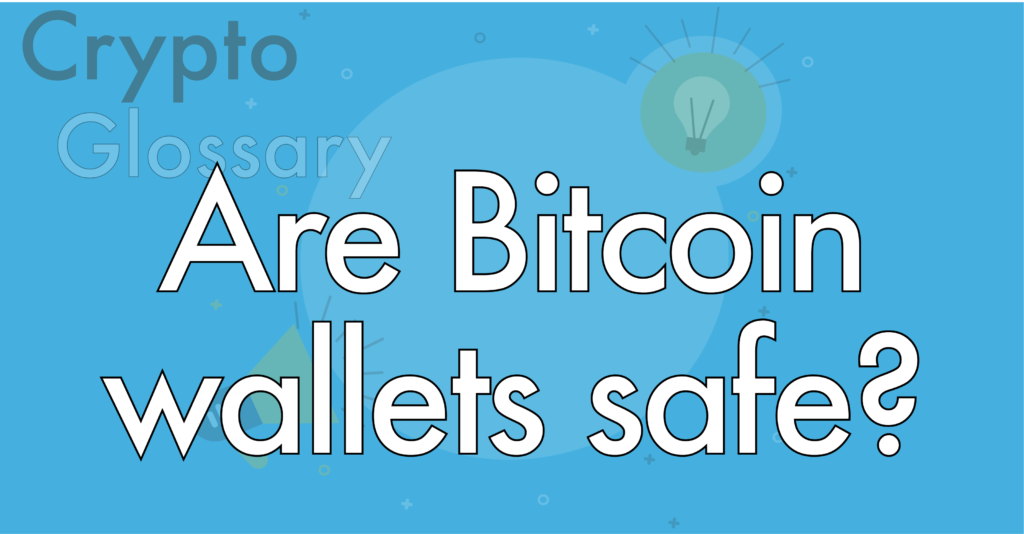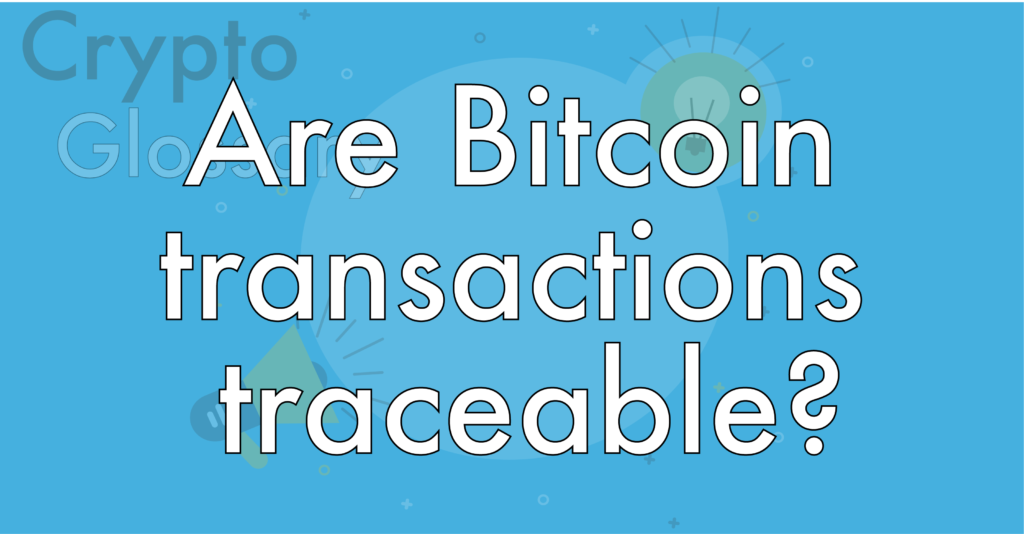Sharding
In general, a shard is a fragment of a whole. When you break or separate something into shards, they become smaller pieces, but the whole remains. This idea is precisely what sharding entails — dividing bigger data into smaller chunks.
Cryptocurrencies have taken off in recent years. Sharding has also become crucial for storing data.
Since cryptocurrencies have a significant amount of data to store, the two are bound to go hand-in-hand.
So, what is Sharding in the context of cryptocurrencies? Breaking the two fields down will help you understand how they connect and what they can do for the future of technology.
Table of contents
What Is Sharding?
Sharding is a database optimization technique that splits large datasets into smaller, manageable pieces called “shards”. It then distributes them across multiple servers. In cryptocurrency, sharding divides blockchain data and transaction processing across multiple nodes. It directly affects scalability and transaction speed.
Databases have to store a significant amount of information. Further, database servers can fill up quickly in terms of storage, which is where sharding enters to optimize the system. Sharding is the process of dividing up parts of a whole dataset into smaller data, then storing the shards within separate servers.
Another term for how sharding divides these parts is database partitioning. Splitting the dataset into parts may seem complicated, but it takes on a rather simple method.
How Does Sharding Work?
Since sharding deviates from the traditional form of data storage, it also implements a new method. When storing data, database partitioning, or scaling, plays a major role. The two main types of database scaling are horizontal and vertical.
A common form of partitioning is vertical, which uses a standard table formatting with rectangular sections to store the data. Instead of vertical partitioning, though, sharding uses horizontal partitioning, which takes the same table format and flips it on its side for optimized storage.
Coding and programming systems can take these shards of data and store them in separate databases.
You can manually distribute the shards through the servers or databases, but you can also have a server scan and redistribute the information for you automatically. This process can then solve problems that relate to data storing or database servers.
What Problems Does Sharding Solve?
Sharding centers storage optimization, which can lead to other solutions within the server or even the company.
As you break up the data into various datasets, the servers will have more room to hold additional information. Therefore, you’ll want to have a decent number of servers. The more you have, the more data you can shard, which will lead to maximizing storage space.
Sharding will help make storing data, as well as searching for it, easier and more efficient. However, because the data is in shards, it’s mandatory to organize it with rules. Think of encyclopedias — they tend to release different volumes of their books but maintain a numbered or alphabetized order.
You’ll want to follow the same practice with your datasets. The more organized they are, the easier it will be to locate data and information. When you have your shards strategically and adequately organized, you will see the speed and efficiency it can bring while maximizing your storage.
Which Cryptocurrencies Use Sharding?
Cryptocurrencies are relatively new to the game, but they’re already having a significant impact on financial transactions and industries. A cryptocurrency is an internet-based financial transaction. It uses cryptographic — or encrypted — data to process these transactions in a decentralized way, meaning they operate without going through a government or bank.
Within these cryptocurrency transactions, there is blockchain technology at play that acts as a foundation. This technology is similar to sharding in that many different blocks store various information regarding the transaction.
When you combine all this information, you get a decentralized, secure way of transacting. Paired with sharding, this method becomes even safer.
In 2019, Apollo became the first cryptocurrency to implement sharding. Ethereum is now in the process of incorporating it as well. These two companies are leading the way for sharding in cryptocurrency.
Ethereum’s Sharding Implementation in 2024-2025
Ethereum completed its transition to sharding-based architecture in 2024, implementing what the community calls “danksharding.” This allows Ethereum to process over 100,000 transactions per second, and it’s a massive leap from its previous 20 TPS limit.
The implementation works by dividing the network into 64 separate shard chains. Each one processes transactions independently while maintaining security through the main beacon chain. Users can now transact on Ethereum with fees as low as $0.01. It makes decentralized applications finally practical for everyday use.
Other major cryptocurrencies implementing sharding include NEAR Protocol, Zilliqa, and Elrond (now MultiversX). Each one has a unique approach to horizontal scaling.
How Will This Process Evolve in the Future?
Sharding helps with cryptocurrency transaction speed and security, yet that process is evolving.
Presently, Ethereum can complete 20 transactions per second. This speed may seem fast, but compared to Visa or Mastercard’s 24,000 transactions per second, it’s nothing. As a result, the brand wants to step up their game. They believe sharding may play a key role in this process.
Ethereum is a cryptocurrency, but it’s also a decentralized platform that developers may soon use to create apps and more.
As it expands, it will have to improve its transactions per second and blockchain network, a series of connected nodes that operate together to process different parts of each transaction. The more nodes, the faster the sale can go through. Then, with more sharding, speeds can increase even more.
Ethereum has the potential to break ground for what’s to come in the field. The company could operate as the next big, influential tech industry, and the key to their success may start with sharding.
Current State of Sharding (2026)
Sharding has moved beyond Ethereum’s implementation. Multiple layer-1 blockchains now use variants of sharding to achieve high throughput. Zilliqa processes 2,800 TPS, while NEAR Protocol handles 100,000 TPS through its nightshade sharding protocol. The technology has proven essential for blockchain scalability and allows crypto networks to compete with traditional payment processors like Visa.
The next frontier involves cross-shard communication – making transactions between different shards as seamless as transactions within a single shard. Solutions like atomic cross-shard transactions are being tested across multiple networks in 2026.
This process will continue to evolve in the months and years to come, taking data storage and cryptocurrencies to the next level.
FAQ
What is sharding in crypto?
Sharding in crypto is a scaling solution that splits a blockchain network into multiple parallel chains (shards), allowing them to process transactions simultaneously. Each shard handles a portion of the network’s transactions and data, multiplying the blockchain’s throughput capacity.
What does sharding mean in blockchain?
In blockchain context, sharding means dividing the network into smaller partitions that can process transactions and store data independently. Think of it like adding express lanes to a highway – instead of all traffic using one lane, multiple lanes handle traffic simultaneously, reducing congestion.
What is crypto sharding?
Crypto sharding refers to the application of database sharding principles to cryptocurrency networks. It allows blockchains to scale horizontally by distributing computational and storage requirements across multiple nodes, rather than forcing every node to process every transaction.
Disclaimer: Don’t invest unless you’re prepared to lose all the money you invest. This is a high‑risk investment and you should not expect to be protected if something goes wrong. Take 2 mins to learn more at: https://go.payb.is/FCA-Info


